Nowadays, several businesses are adopting eCommerce marketing automation. It is one of the most successful agile technologies. It is beneficial for startups, large and small businesses.
eCommerce marketing automation is not only restricted to sales. Furthermore, it possesses several extraordinary features(will discuss later on) that help to reach revenue, achieve targets, and grow. You will not have to struggle with repetitive tasks and customer engagement. It provides a platform to speed up, scale up without wasting your valuable time and energy.
Marketing automation refers to the utilization of software and technologies for automating the marketing tasks. This helps the marketers to attract leads, nurture them further down the funnel, analyze lead behavior, and campaign performance.
For instance, with automated email workflow automation, you can engage with your customers by sending welcome emails to them.
It is expected that marketing automation will continue to grow rapidly in 2022. Today, most of the eCommerce marketers are utilizing it for performing multiple business processes.
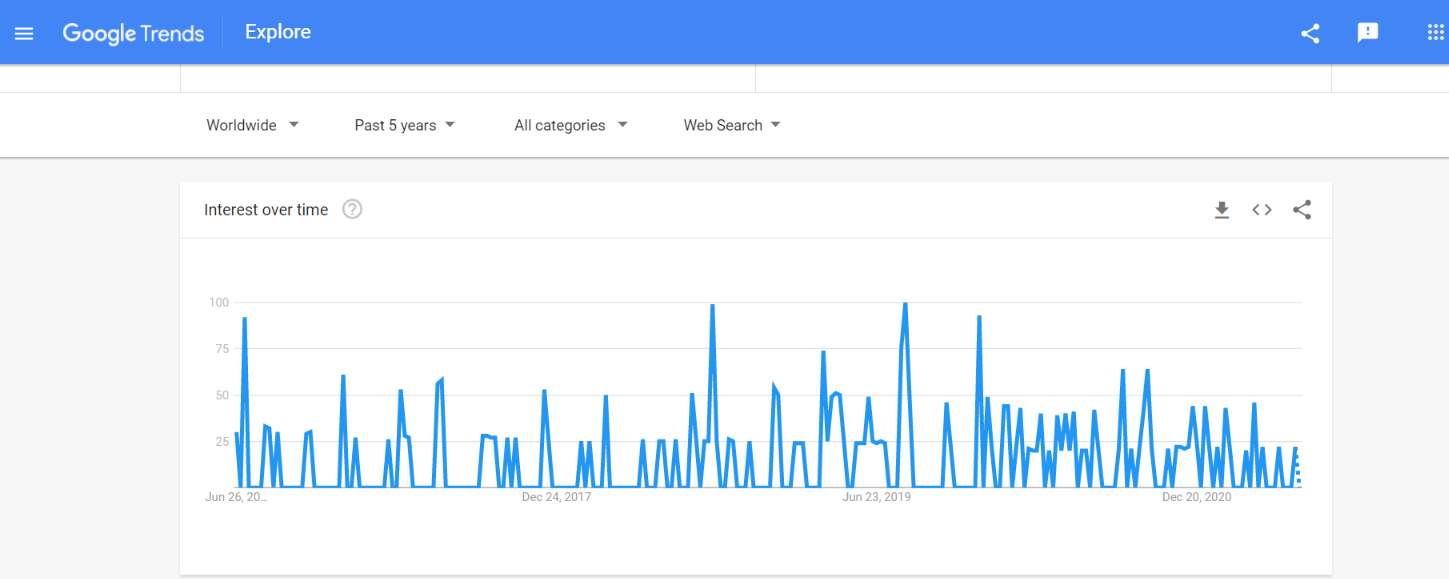
Here is the list of top marketing automation software for 2022:
There are numerous software that can help you to automate and boost your marketing strategies. According to your needs, you can choose any marketing automation software.
So, what exactly does eCommerce marketing automation mean? Let us understand.
What is eCommerce Marketing Automation?
eCommerce marketing automation is a simplified and advanced process designed to fulfill the demands of eCommerce marketers. In this process various tasks are carried out with the utilization of eCommerce marketing automation software and goal-driven technologies.
eCommerce marketing automation software can make your processes extremely smoother, smarter, and progressive. eCommerce marketing automation software ultimately boosts up your eCommerce business. Here is the list of the best 6 eCommerce marketing automation software tools 2022
- HubSpot
- Pardot
- Wigzo
- ActiveCampaign
- Eloqua
- Constant Contact
Why Is It Needed?
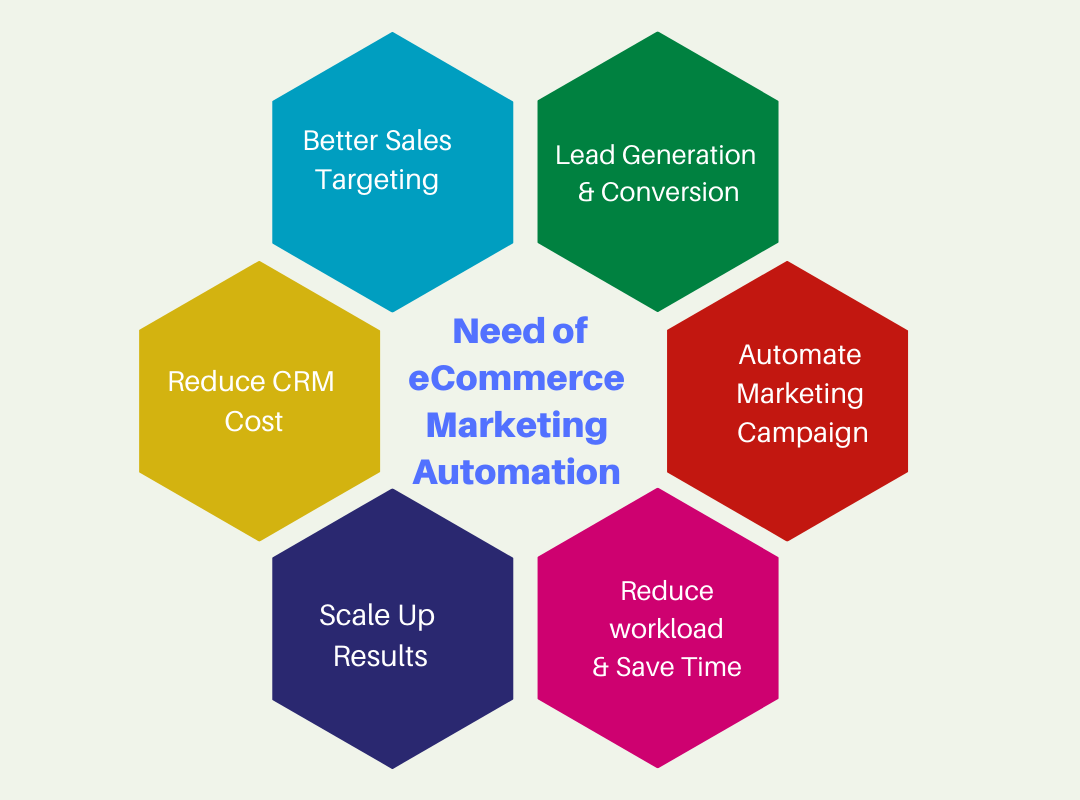
1. Lead Generation and Conversion
With the help of automation, you can attract prospects and convert them into leads. In this way you can engage your customers more and, provide your products and services to targeted audiences.
2. Marketing Campaigns
With marketing automation, you can send personalized marketing campaigns to customers. So, that you can increase brand awareness and provide services. This will ultimately boost your sales, and make healthier relationships with your customers.
3. Reduced CRM Cost
eCommerce marketing automation software automates the various processes which need human efforts. You will not need a lot of employees to manage your customers and business processes.
4. Better Targeting
You can interact with your customers, solve their queries, and provide a remarkable experience to them with the help of various autoresponders (chatbots, SMS, emails). Better reach and better strategy will increase customer satisfaction, and open the doors to increase growth.
5. Saves Time
eCommerce marketing automation helps to save time.
It helps in sending automated emails to targeted audiences, creating workflows, creating templates, generating reports, analyzing them, and many more. This enables you to concentrate on high-priority tasks and reduces errors.
6. Human Errors
Automation produces minimal errors. When a person does repetitive tasks, he gets bored after some time. Ultimately, his distraction leads to errors. So usage of automation software avoids repetitive tasks.
7. Scaled Up Results
With automation the individual efficiency increases. This saves lot of time and efforts which can be utilized in making fruitful tasks which ultimately scale up outcomes.
8. Reduced Workload
With the utilization of automated marketing software, you can engage with your customers through hindrance-free paths. As you will not have to waste time in creating templates, personalized emails, creating landing pages, and creating product pages, etc.
Importance of eCommerce Marketing Automation
In the era of competitive world, it has become necessary for businesses to adopt eCommerce marketing automation. Here are some factors that defines its importance:
- Better customer targeting– Social channels facilitate connecting audiences and targeting them. eCommerce marketing automation offers various smart marketing tactics. These tactics help in reaching the right people at the right time and right place.
- Notifications– The eCommerce marketing automation software regularly sends updates about abandoned carts, upcoming flash sales, discounts, and loyalty offers, etc. These notifications help to stay connected with customers and keep them engage.
- Personalization– It also helps in collecting data, sending personalized emails, messages and other form of communication to the targeted audiences. This increases the engagement rate of customers and improves your marketing outcome.
- Better Analytics– With the help of eCommerce marketing automation, you can analyze the performance of your various campaigns. This will let you know where you are, what are your improvement areas, and where you have to reach.
- Cross-selling and Up-selling– eCommerce marketing automation has the ability to send personalized emails to customers informing them about the products relevant to their purchases.
- Sales Marketing– eCommerce marketing automation helps to return the customers that have not engaged for a long time.
eCommerce Marketing Automation Tactics That You Can Use to Grow Better
1. Email Marketing Automation
Most eCommerce businesses face difficulties in customer targeting, engagement, and providing them remarkable experience. While working on a large scale, it becomes critical for them to manage a big number of customers and their database.
So, how can you manage your customers in a better way?
Email marketing automation can be a smart solution in such cases. Email marketing automation tools allow you to target your subscribers, keep your customers updated, and satisfied. This is done by mentioning valuable information, sales offers, and discounts in automated emails. With certain email marketing automation tips you can make your business flow efficient and effective.
Let’s see how eCommerce marketing automation via email automation can help your business.
- A/B test- Through email automation tools, you can test and optimize your emails. This can be done by choosing appealing subject lines and experimenting with different content. Also, with automated drip email workflows you can maintain your timely follow-up of emails.
- Welcome emails- You can send welcome emails to your new subscribers. Also, on launching new products you can use automated welcome series to guide them.
- Open rates– Through automated tools, you can analyze the performance of your campaigns. If your email open rate is between 15-25%, it means you are doing well.
- Automated email reminders– You can send automated email reminders for abandoned carts. This can make your customers come back and take action on the left products.
- Past Customers– You can pitch your past customers through automated win-back campaigns.
2. Analytics
By utilizing eCommerce marketing automation software with circumstantial analytics you can analyze several significant factors. These factors include marketing trends, customers’ behavior, business processes, their performance, and improvement areas etc. Analytics has two crucial elements-
- ROI– With automated software you can calculate ROI. You can know how to deduct your costs and whether you are in the right direction. This will surely make your business strategy better.
- Performance– With automated software, you can analyze the performance of your campaigns. You can analyze whether the targeted audiences are coming or not, and how many leads are converted into sales, etc..
3. Segmentation
Will it be a smart strategy to provide the same personalization- to new subscribers and regular customers?
The answer is: No.
Why?
Because the needs and levels of both are different.
Segmentation is a robust tool through which you can segregate your customers. It can be done based on the customers actions, behavior, interests, profession, or background, etc.
Different Factors on the Basis of which Segmentation can be done-
- Their AOV (Average Order Value).
- Dollar values
- Purchases
- Number of Orders
- Abandoned carts
- Activity on your online store
- Demographics( gender, age, demographics, Geo-location, etc..)
- Devices they used
- Time when they get in touched with you
- Pages they have visited, through email, the content they have downloaded.
Segmentation plays a vital role in eCommerce marketing automation. Through it, you can break up your contact lists into smaller segments. You can segment your customers with lists, tags, and custom fields. Here is the instance of segmentation by the Mautic WooCommerce Integration plugin.
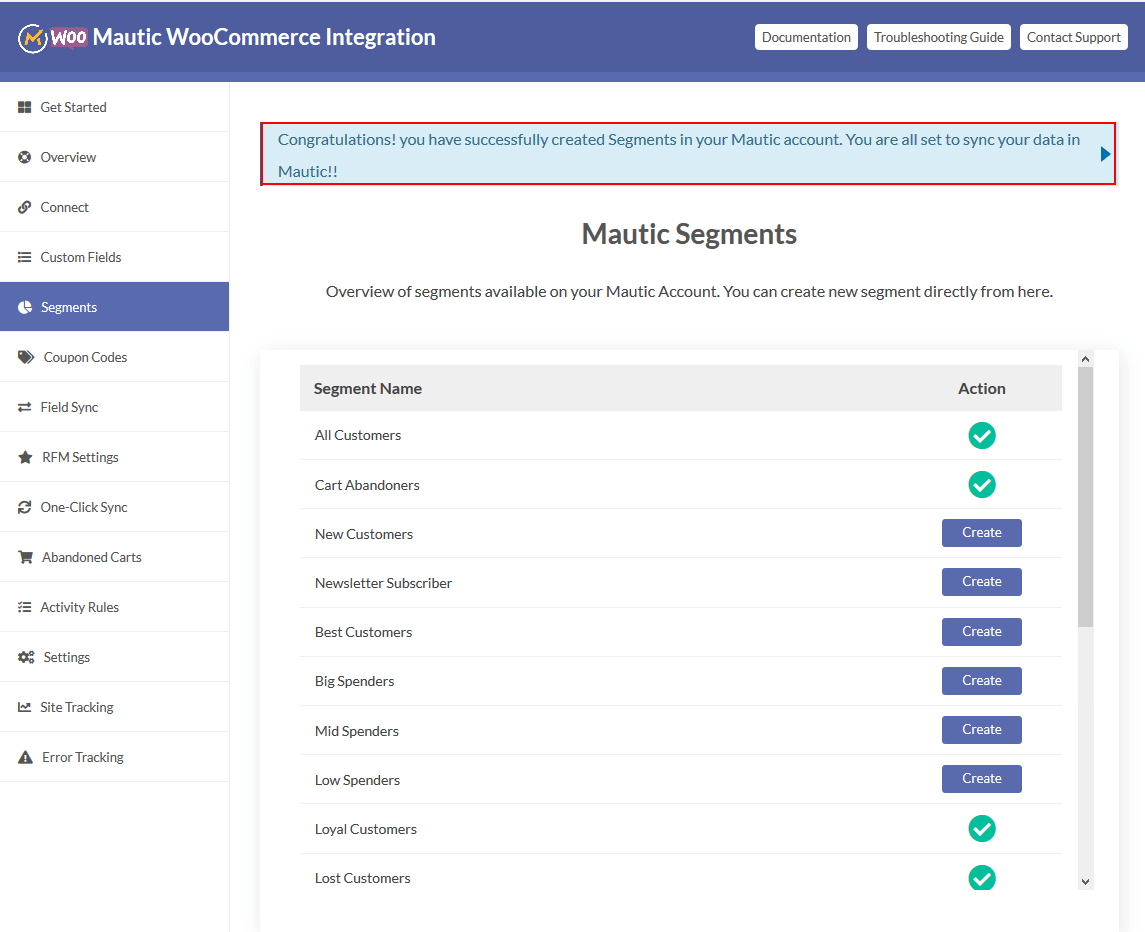
So, let us understand what lists, tags, and custom fields are.
- Lists– Lists are segmentation tools that differentiate the contact’s status-whether they are active or inactive, subscriber, or visitor, etc. Based on customer behavior, you can segment your customers and create lists.
- Tags– Tags are labels that allow you to classify the contacts further- such as based on product interests, loyalty program members, etc.
- Custom Fields– Custom fields are the powerful segmentation tool that allows the storage of useful contact data. They are created on the basis of the last order date of customers, last email date engagement, etc.
You can send targeted content to targeted audiences on the basis of tags. For example, if a contact is tagged as a new subscriber then you can send it a welcoming email campaign. Through this, you can send the content of your products. You can use custom fields to provide content information in your email content. In this way, you can provide a more personalized experience to your customers.
4. CRM: A Solution to Manage Customers
When you have a large number of customers, it becomes difficult to manage their data and interactions.
CRM(Customer Relationship Management) is the automated software tool that can be used for eCommerce marketing automation. It helps to manage the data of your customers and leads.
The CRM integration facilitates you to transfer all the potential lead’s information between your sales and marketing team.
Studies have shown that businesses can experience 14.5% increased sales productivity with the help of marketing automation software. CRM tracks all the customer data in an extremely simplified manner.
For instance, HubSpot is a conglomerate of marketing, sales, customer services, and CRM software that offers solutions to several challenges that come in the business journey. It helps to centralize customer data in one place, nurture leads, easier communication with customers, and perform several functions that are necessary for your business growth.
An extraordinary plugin that can be helpful for your online eCommerce store is- HubSpot WooCommerce Integration . It integrates WooCommerce with HubSpot. It posseses several compendious features such as data sync, segmentation, marketing automation, analytics, and many more. These features can make your online eCommerce store distinguishable.
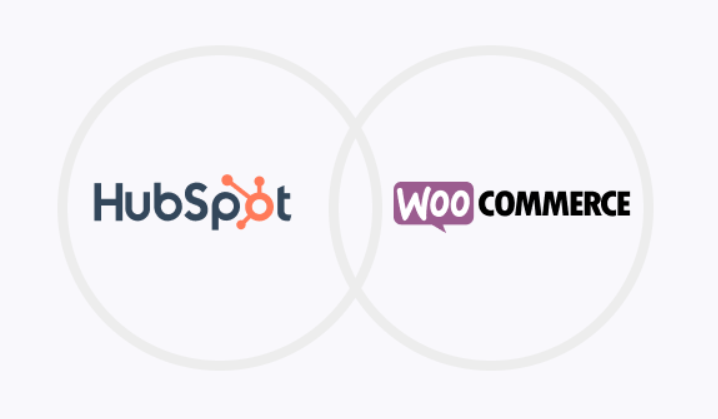
5. Workflows: An Approach to Drive Smoothly
One of the best advantages of eCommerce marketing automation tools is that they provide 24*7 support.
The marketing automation workflows carry out the processes flawlessly, efficiently, and in a timely manner.
Just for an instance, if the customer buys a product from your online store at 2 am in the middle of the night. Then its order process, transaction, and thanking email; all these processes are carried out with the help of workflows. There are numerous workflows that you can use to automate your business processes.
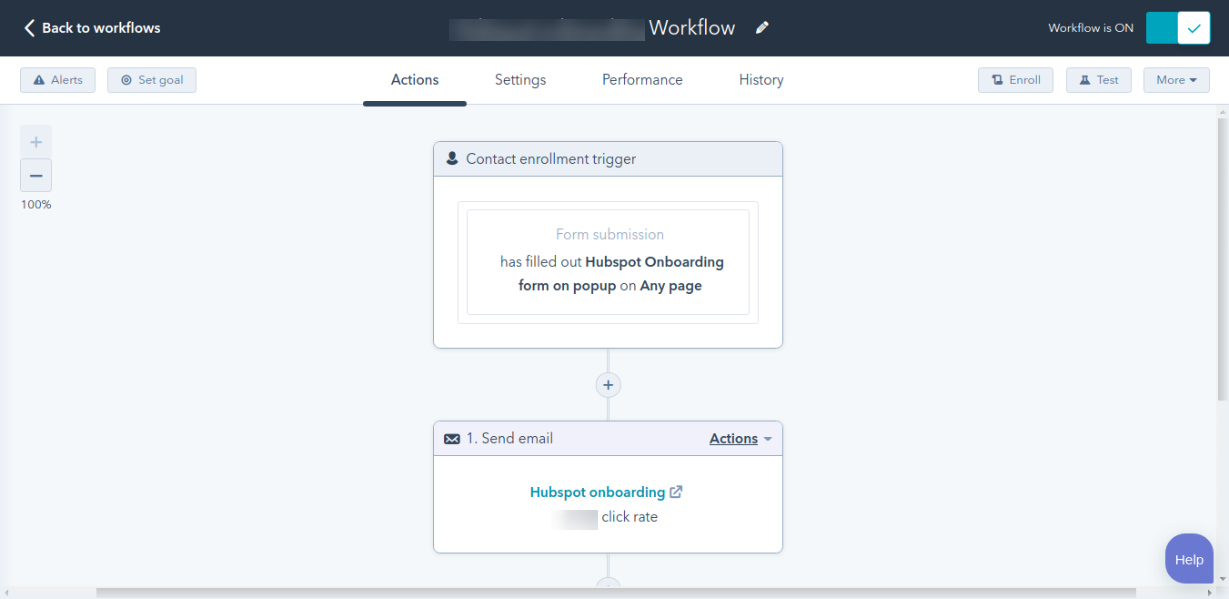
Here are some tasks where workflows can be utilized:
- Nurture the leads so that the conversation rate increases.
- Trigger emails on the customer cart abandonment. To trigger emails of the similar products they wanted to buy, for sale, and discount emails, etc.
- Liaise with negative reviews.
- Scheduling social media posts.
- Managing various eCommerce activities such as customer experience and support, marketing, purchase order approval, inventory, sales, and many more.
6. Cross-selling And Up-selling
eCommerce businesses often face several problems that may arise in:
- Increasing AOV (Average Order Value)
- Building deeper relationships with customers
- Creating more awareness about their products among customers
- Engaging customers with their brand
- Offering them the products that they are looking for etc.
In such cases, cross-selling and up-selling can be smart tactics. They can be used to gain profit, and increase revenue. You must always be one step ahead with your customer journey.
Let’s understand what cross-selling and up-selling are.
Cross-selling
Cross-selling is encouraging the existing customers to buy additional products. The aim of this tactic is to build stronger relationships with customers and gain more profit.
Upselling
Upselling is encouraging the existing customers to purchase more expensive products, upgrades, or add-ons. The objective of this strategy is also to make more profit.
You can upsell, cross-sell on the product pages, or on the order confirmation pages.
WooCommerce One Click Upsell Pro allows you to provide post-purchase offers to your customers.
As a result, when customers buy a product, they will not have to re-enter their details. It smoothens customers journey, and helps merchants reach their customers better.
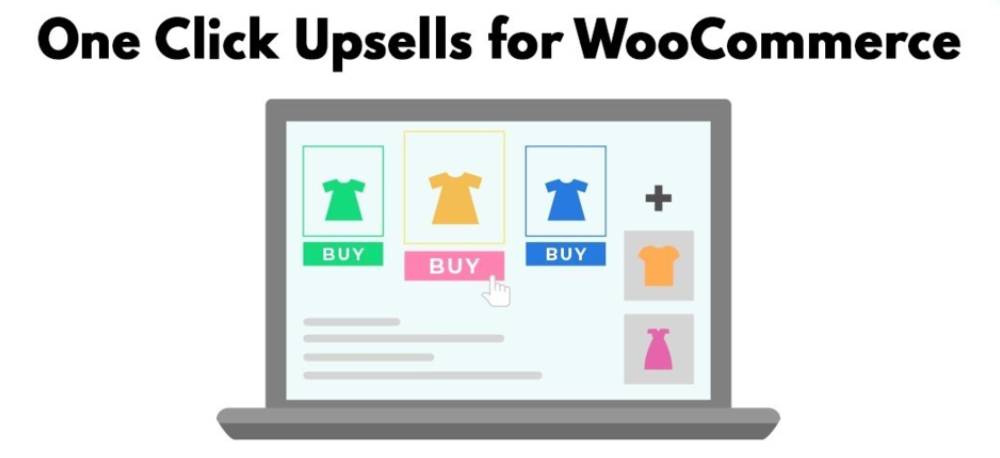
With the help of eCommerce marketing automation, you can send up-sell and cross-sell email campaigns to customers.
How can it be done?
When a customer is purchasing from your store, you can provide it a tag of customers using automation. With the utilization of tags, you can trigger up-sell and cross-sell emails. This can be done on the basis of your customer behavior and characteristics.
7. Attractive Pages
One of the critical challenges in front of eCommerce marketers is to engage customers. Extra efforts need to be done for achieving goals. Here is what you can do.
a) Landing Pages
Always make sure that your landing page is distraction-free and effective. Also, your landing page features (color, design, info) must be similar to the campaign through which the customer has landed.
The automated landing pages allow users to monitor and take action on these pages. Here is an example of a landing page from Romo. This landing page is simple, attractive, and reliable that can easily grab the customer’s attention.
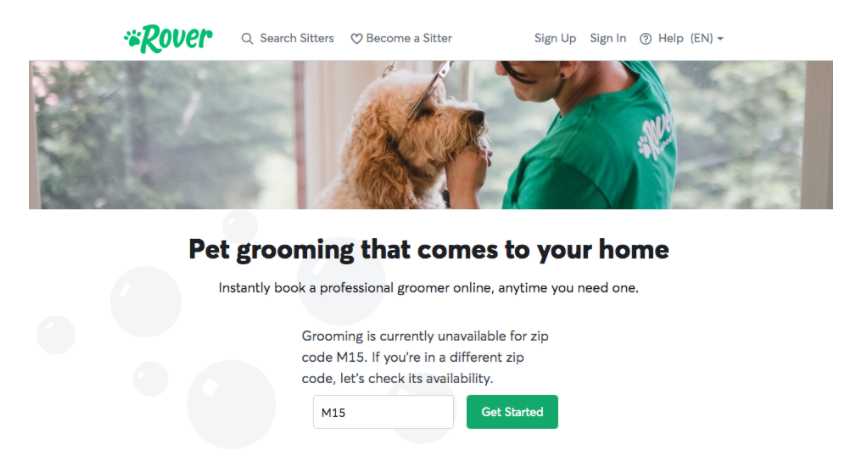
Source-Rover
(b) Product Pages
Consider a situation. If the product that you are selling has a blurred image on your website, then will the lead buy that product?
No, because the dissatisfaction of the lead will not let this happen.
In such cases, eCommerce marketing automation is a boon. It helps in providing the product description, importing new catalogs, and high-quality images. So, with the help of landing pages you can make your eCommerce store transparent.
c) Drag and Drop Editor
Drag and drop editor is one of the most powerful eCommerce automation tool. It helps to create custom landing pages for several products and campaigns.
Using drag and drop elements, you can choose your favorable pages.
Minimal Elementor WordPress Theme – Pekko is perfect for dark portfolio websites. It possesses several distinctive features such as Elementor page builder – Drag and Drop, Child Theme Included, Minimal Design, and many more. These features ensure that the theme is simple, highly designed, and attractive.

Source-Envato
(d) Pre-built Templates
Waiting for a designer to get your desirable templates can delay your work.
With the help of marketing automation, you can get pre-built templates and customize their color, text, logos etc. These pre-built templates helps in creating attractive and effective landing pages.
Plugins for eCommerce Marketing Automation
1. Mautic WooCommerce Integration

This plugin connects WooCommerce store with Mautic, and process your customer data in real-time. Its feature are:
- Abandoned cart orders
- Creates 70+ Custom fields
- Easily syncs WooCommerce data over Mautic
- Segments WooCommerce data.
These features help in managing your customers in a better way.
Explore Mautic WooCommerce Integration Pro
2. CRM Integration for ZOHO
Through this plugin you can connect your WooCommerce store with Zoho CRM. It helps to sync WooCommerce data like Products, Deals, Contacts, and Sales Orders. This plugin helps in managing eCommerce activities in a simpler, smarter, and flexible way.
Explore CRM Integration for ZOHO Plugin
Conclusion
Today more than 75% of companies are using marketing automation. This figure is increasing over time. The market automation software was estimated at $3.60 billion dollars in 2020. It is expected to be $11.46 billion dollars in 2027.
In the era of a competitive world, it is not easy for eCommerce businesses to run their online stores and engage customers. Consequently, eCommerce marketing automation has become necessary for them. So, that their business process can become automated, smart, and efficient.
eCommerce marketing automation has provided an opportunity to grow, reach revenue, and target customers in a streamlined way.
So, what are you waiting for?
Just go ahead with the eCommerce Marketing automation and become a winner of the race.

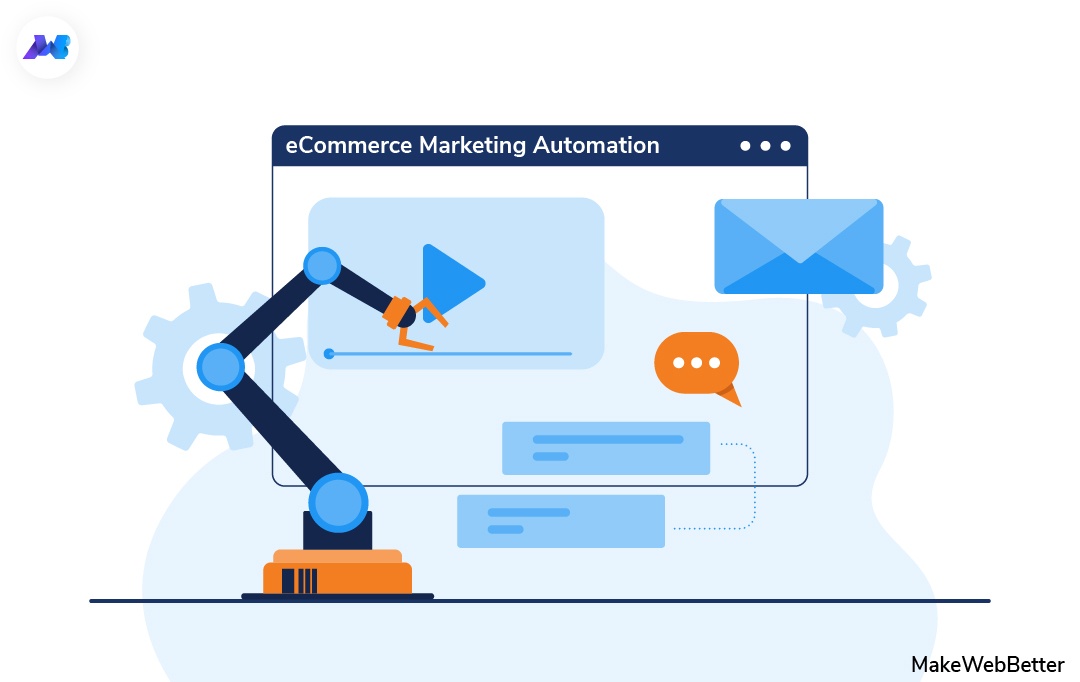
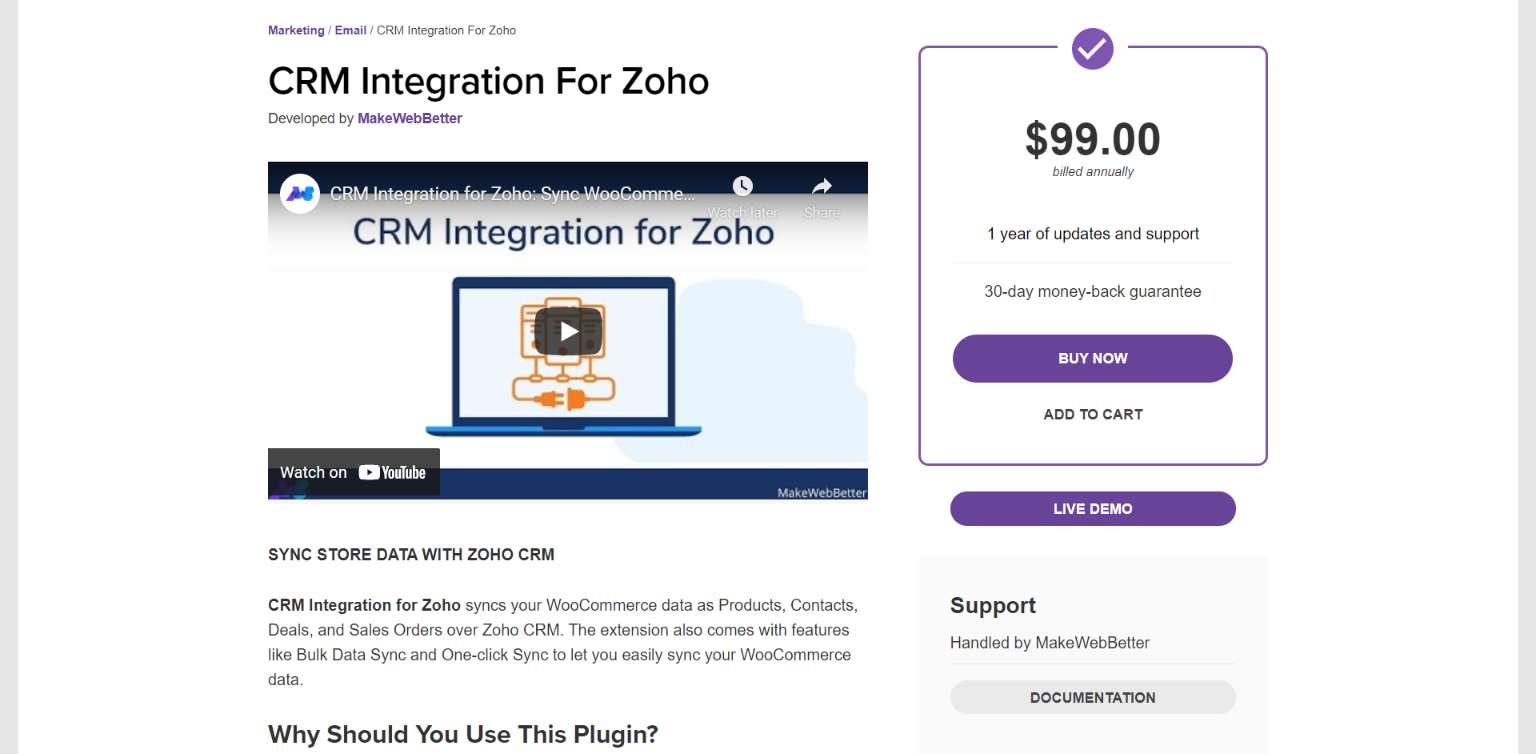

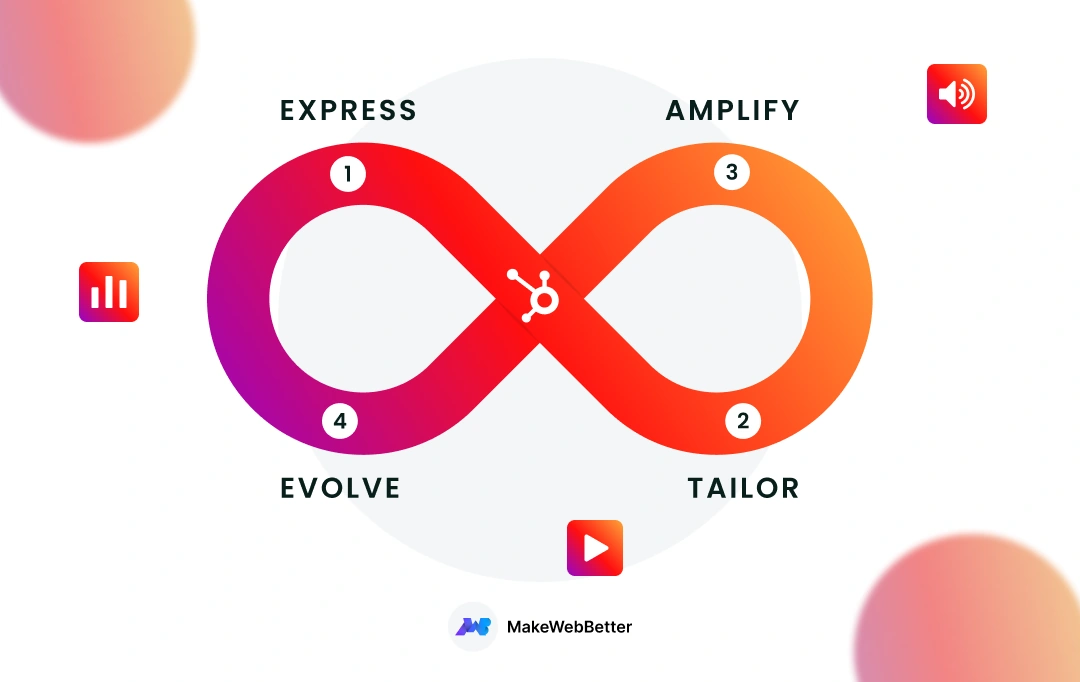
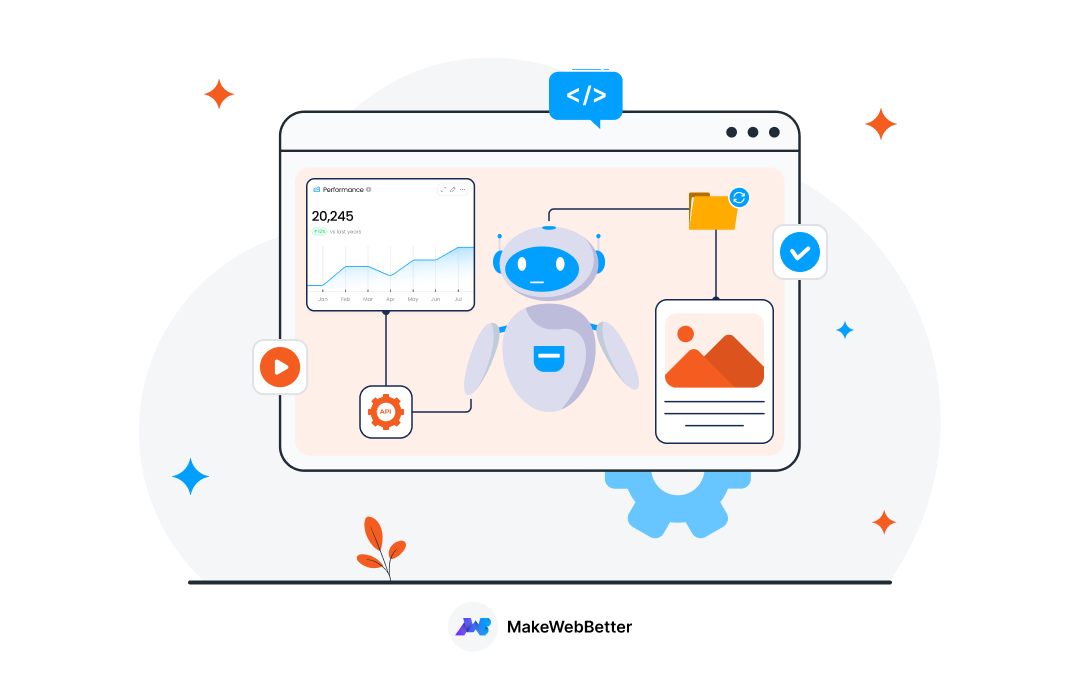






Thanks for sharing this amazing information with us. I got a lot to learn from it.
Hii Priya, Thanks for your appreciation. Stay connected and keeping reading.